Students, professor research effects of STEAM education
March 2, 2023
Dr. Gary Padgett is collaborating with some of his students on research that explores the effectiveness of STEAM education in seventh grade classrooms using aquaponics.
Having an education background, Padgett has always been interested in making impacts in the teaching field. Part of the way he makes his mark is through doing research with his undergraduate students.
“I think research is important because they’re the next generation of teachers, and this gives them the opportunity to define what that means,” said Padgett.
Padgett’s own research focuses on school gardens, so in developing the project with student Katie Oglesby, he found that their interests aligned, leading them to the decision to form a study around aquaponics. From there, they began working with Sheffield Junior High School, where the research is taking place.
For the research itself, the seventh grade students will be designing and building their own aquaponics system.
Aquaponics is a self-contained ecosystem where plants are raised above a tank of fish. The fish eat the roots of the plants as they grow down into the water, and then the waste from the fish is used for nutrients for the plants to continue growing.
In a normal aquaponics system, both the plants and the fish can be used for food sources. However, as the students at Sheffield Junior High School will be raising goldfish, they will only harvest the plants. The students will also monitor the nitrogen cycle on a small, controlled scale.
Through the STEAM learning system, which intertwines science, technology, engineering, the arts and mathematics, the seventh grade students will have lessons created and taught by the undergraduate research team in multiple subject areas, all of which will connect in some way to aquaponics. This style of learning is captivating to students, fully immersing them into the material they are learning about.
“It is a hands-on project,” Padgett said. “It’s fully engaging. It’s theirs. It’s not something we’re making them do. I mean, it is, but they don’t feel that way. These are their goldfish. These are their vegetables. This is their system that they built and maintain. Hopefully it will have impacts on their self-esteem and their views of school and STEAM education.”
The project is also designed to measure teachers’ perceptions of collaboration, meaning that the research team interviews teachers to ask their takeaways from the project.
The undergraduate students working on the research all come from different areas of education: math, science and English language arts. With this diversity, they are able to teach most of the subject areas the seventh graders will be learning throughout this process.
Oglesby, a secondary education biology major, plans and teaches the science portion of this project. She feels that the project has started out strong and has expanded her insights into her own future teaching endeavors.
“Last Monday, I taught my first block of material, and it was just the introduction, but I had so much fun with the kids,” said Oglesby. “It was great to see them get enthusiastic. It was also great to gauge what they needed. In education, you spend a lot of your time sitting in a classroom talking about when you get in a class and what you’re going to do, and I finally was able to do that, and I was able to figure out how I’m going to differentiate this instruction now that I have a game plan.”
Another student working on the research, Katy Dyar, who is a secondary education English language arts major, had to find a creative approach to connecting English curriculum to the larger aquaponics project.
“At first, I didn’t know how English tied into it,” said Dyar. “I thought it was going to be a very direct connection. I thought I would have them do journaling prompts where they talk about how the project is going, but it’s evolved into something a lot more engaging and fun than just doing journaling prompts. Now it’s more of a broad connection with the theme of nature and taking care of the environment. It’s about tying in ELA skills, sometimes directly and sometimes indirectly to the themes of their science lessons.”
Dyar believes that the students’ responses to their participation in the project is integral to the success of the research.
“I am really excited and proud of the students themselves for their response to it,” Dyar said. “They are really engaged and excited for it. That makes me really happy because I think students get a bad rep today for being apathetic or not caring about anything, and I don’t think that’s fully accurate. I’m really proud of them for being excited and willing to engage.”
Hannah Hwang, a secondary education math major, integrates mathematics techniques into the project by incorporating statistics. Her goal as a future teacher is to make students view math differently.
“There are many students that can solve the problem, but they can’t explain why it is working,” said Hwang. “Maybe intuitively they know it, but they can’t explain it. That means they need to develop their logic skills. I hope I can change their minds about math.”
Hwang believes STEAM education is extremely important in teaching students about the world around them and how it works.
“There are some overlapping areas, so it will remind them of other areas and enhance their memories,” Hwang said. “In STEAM education, the important thing is making real world problems. It’s not just teaching the same things. Many problems in math textbooks say they are real world problems, but they are not. Now, we can offer more opportunities to apply it in their reality.”
The research group hopes to create a booklet about their curriculum and the integration of subjects through learning about aquaponics. They also want to publish an article on their findings.
This experience has given the future teachers an opportunity to explore the field and develop skills for their professions in a controlled environment.
“Being young and going into the professional world can be very daunting, so being able to go and speak with teachers and collaborate with them has been big, because I’m learning how I really need to act as a professional,” Oglesby said. “I’m also learning how I address certain things and how I make a lesson plan. I’m getting to do things I normally wouldn’t do unless I was in a professional sphere.”
Padgett believes that this research is important not only for expanding STEAM education, but also for understanding how collaboration can help people in the real world.
“I know it sounds corny to think that school gardens and aquaponics can create world peace, but if it’s going to happen, it starts with us,” Padgett said. “I think projects that demonstrate the connectedness of content areas, materials and approaches to hands-on learning opportunities [are important]. It starts with us.”


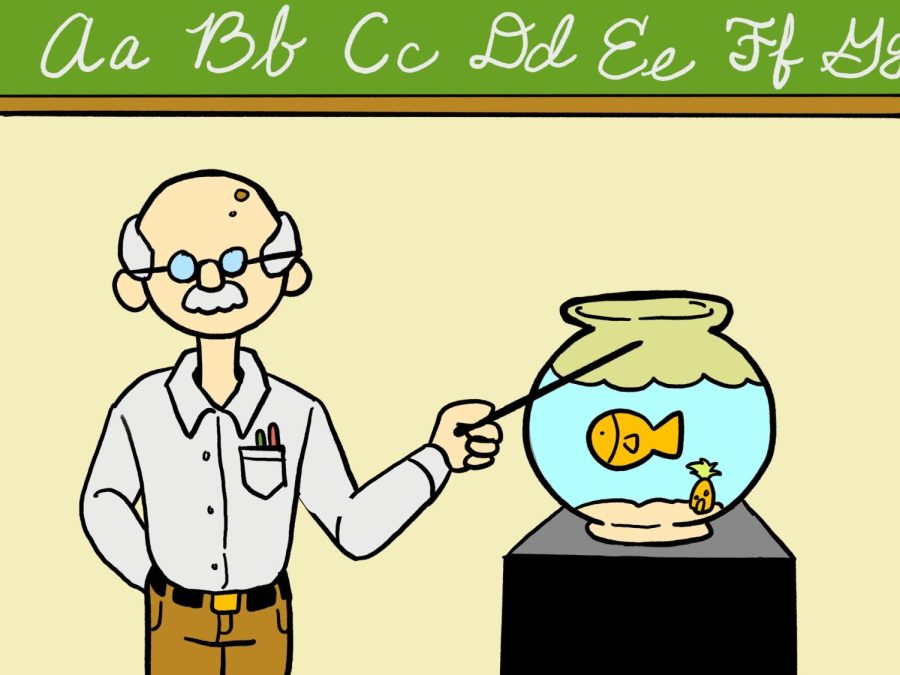
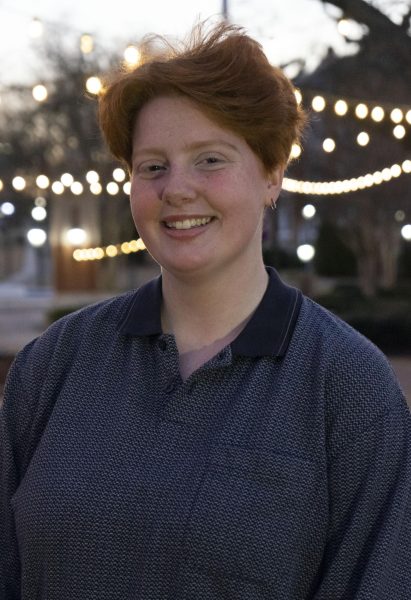
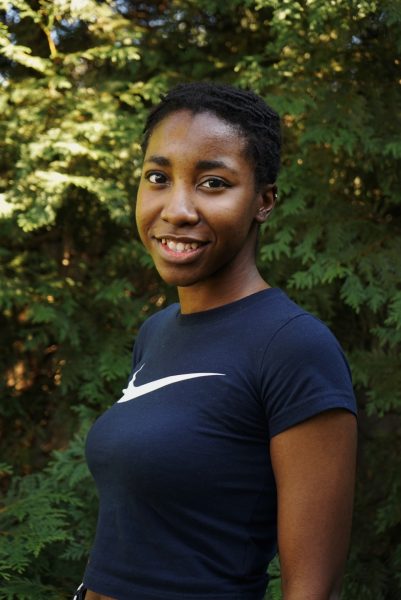



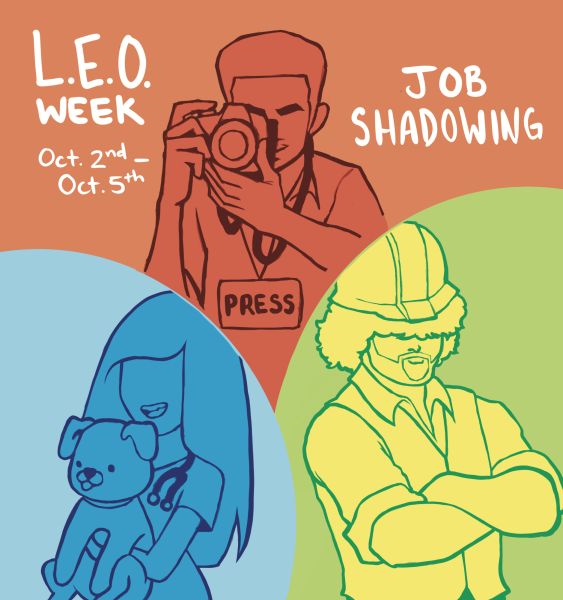

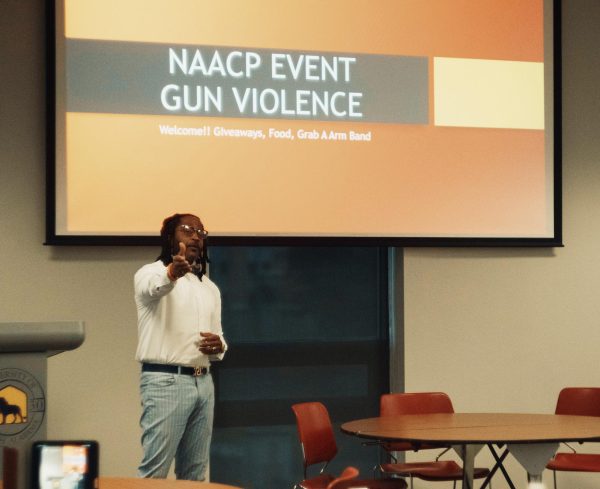
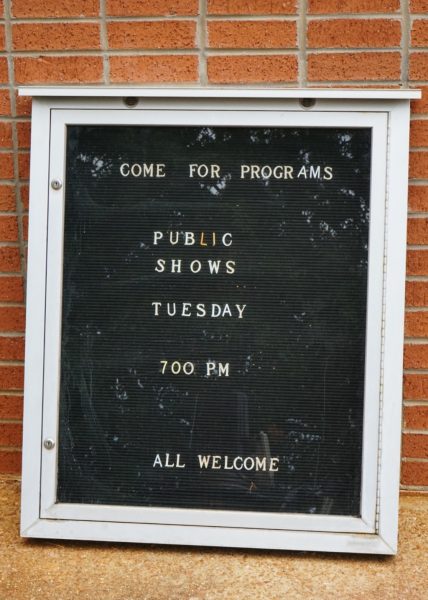
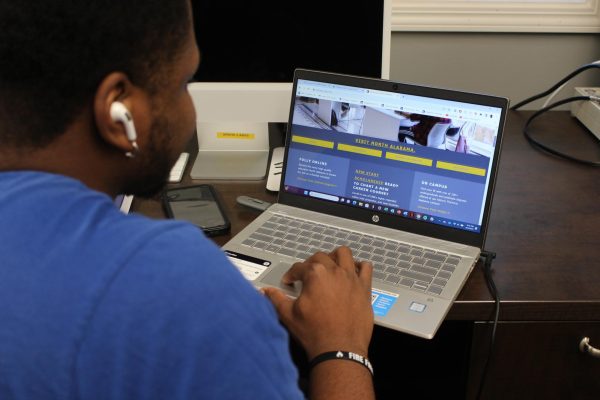
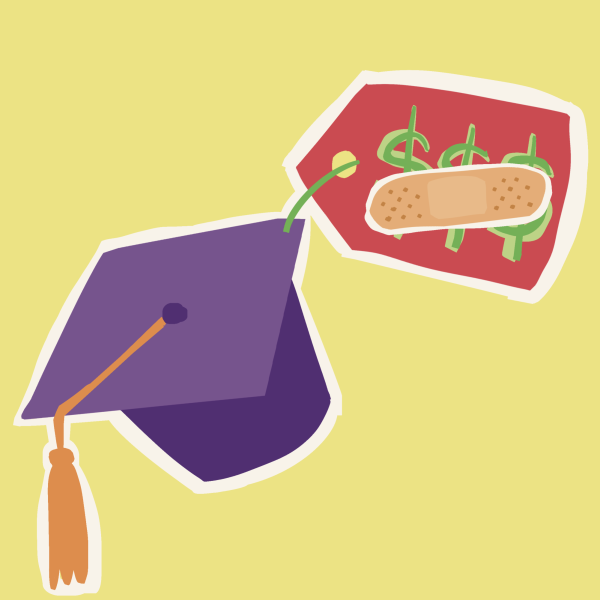
Tuna Charlie • Mar 3, 2023 at 8:16 am
Aquaponics sounds like a superb method to engaging kids at that level (or hydroponics!).
Good article, now let’s get some world peace goin! That Oglesby prof sounds like a brilliant cookie. She is going to be a beloved educator.